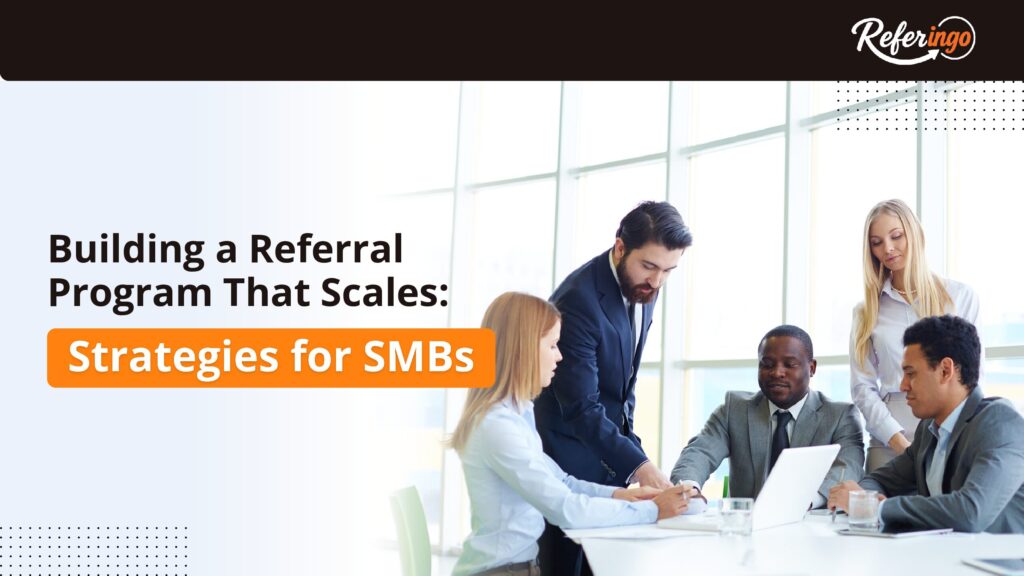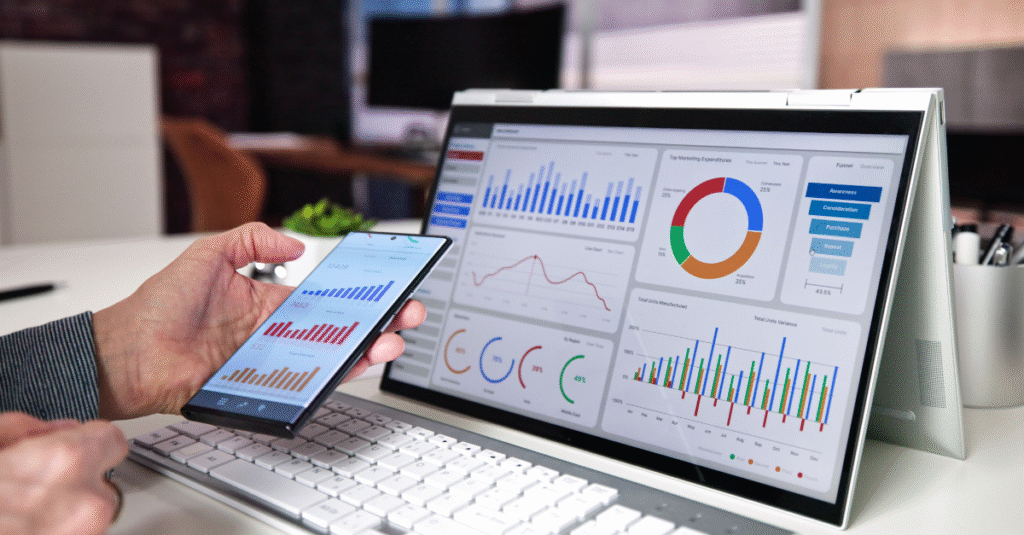
Introduction: The Power of Referrals in the SMB Landscape
Word-of-mouth remains one of the most powerful—and cost-effective—growth engines for small and midsize businesses (SMBs). A satisfied customer has the potential to become your most persuasive advocate, driving high-quality leads with minimal investment. However, many referral programs fall short due to poor structure, lack of automation, or limited scalability.
In this blog, we’ll guide you through building a referral program that not only launches successfully but continues to scale. We’ll reference top platforms like Referingo and its detailed How It Works guide to show how modern referral engines can amplify your marketing ROI.
Why Referral Marketing Works for SMBs
Referral programs excel in four critical areas for SMBs:
- Lower Customer Acquisition Cost (CAC): Referred leads convert faster and cost less to acquire.
- Higher Lifetime Value (LTV): Customers acquired through referrals tend to spend more and stick around longer.
- Stronger Trust Factor: Recommendations from friends carry more weight than ads.
- Viral Growth Potential: A well-designed program can create exponential referral loops.
These benefits make referrals a smart, strategic investment—especially when resources are tight.

Core Components of a Scalable Referral Engine
To build a high-performance referral program, focus on the following scalable elements:
1. Simple, Frictionless Enrollment Use platforms like Referingo to auto-enroll existing customers through CRM or website integrations. One-click signups ensure that no opportunity is missed.
2. Automated Outreach and Tracking Leverage automation to send reminder emails, SMS, or in-app nudges. Referingo’s centralized dashboard makes it easy to track referrals from invitation to conversion.
3. Tiered, Dual-Side Incentives Reward both referrer and referee. Implement escalating rewards—like discounts or cash bonuses—for advocates who deliver multiple successful referrals.
4. Shareable CTAs Make it easy to refer by including personalized referral links, social share buttons, and QR codes across every digital touchpoint.
5. Data-Driven Analytics Use real-time analytics from Referingo to monitor KPIs like referral rate, CAC, and conversion rates. Adjust strategies quickly based on insights.
6. Seamless Integrations Ensure that your referral platform integrates with email tools, CRM systems, and payment gateways to eliminate silos.
Strategies to Jumpstart Your Referral Program
Target Your Best Customers First Identify top Net Promoter Score (NPS) customers and invite them with personalized messages. Their positive sentiment boosts early traction.
Time-Limited Promotions Run short-term campaigns with doubled rewards or limited-edition perks. Scarcity increases urgency and participation.
Use Social Proof Feature testimonials or referrer spotlights on your website or emails. Seeing peers succeed motivates new participants.
Gamify the Process Add elements like leaderboards, achievement badges, or milestone rewards to create excitement.
Explore Partnership Referrals Partner with complementary businesses to exchange referral links and expand reach.
Onboarding Integration Prompt new customers to refer others during onboarding when satisfaction is high and momentum is fresh.
Optimizing Incentive Models
To drive sustainable engagement, experiment with various types of rewards:
- Cash vs. Store Credit: Test which option generates better engagement and retention.
- Experiential Perks: Offer VIP access, feature unlocks, or exclusive sessions.
- Milestone Bonuses: Reward cumulative efforts (e.g., unlock premium support at five referrals).
- Charitable Matching: Appeal to socially conscious customers by donating on their behalf.
Use Referingo’s analytics suite to A/B test these options and find the best-performing combinations.
Automating Outreach for Long-Term Scale
Event-Based Triggers Send referral reminders after meaningful events—first purchase, subscription renewal, or positive feedback.
In-App Nudges Prompt users inside your product interface when they’re most engaged—such as post-transaction screens.
Smart API Integrations Use API hooks to sync your referral data across platforms for accurate, real-time updates.
Dynamic Messaging Personalize referral prompts using customer names, reward progress, or referral milestones to improve click-through rates.
Batch and Real-Time Messaging Balance batch weekly summaries with instant notifications to keep participants informed and motivated.

Key Metrics to Track Success
Measure the following KPIs using Referingo’s real-time dashboards:
- Referral Rate: Percent of users who refer at least one customer.
- Conversion Rate: How many referrals convert to paying customers.
- Customer Acquisition Cost (CAC): Cost per new customer gained through the program.
- Referral ROI: Revenue generated vs. cost of running the program.
- Churn Comparison: Are referred customers more loyal than others?
These metrics offer critical insight into performance and help you make informed improvements.
Avoiding Common Referral Pitfalls
- Don’t Overcomplicate: Keep rewards and rules simple.
- Watch for Abuse: Use one-time codes and email verification to prevent fraud.
- Set Clear Expectations: Be upfront about timelines and eligibility.
- Segment Your Audiences: Tailor offers to different buyer personas.
- Iterate Often: Use controlled test groups before wide-scale rollouts.
Conclusion: Turning Advocacy into a Growth Engine
With the right tools, strategy, and mindset, a referral program can become a self-perpetuating source of growth. Focus on automation, clear incentives, and seamless customer experiences.
Referingo offers a robust and flexible platform for SMBs ready to scale their referral efforts. Start with their How It Works guide to set up your program efficiently and sustainably.
Your next best customer is already one introduction away—are you ready to meet them.
